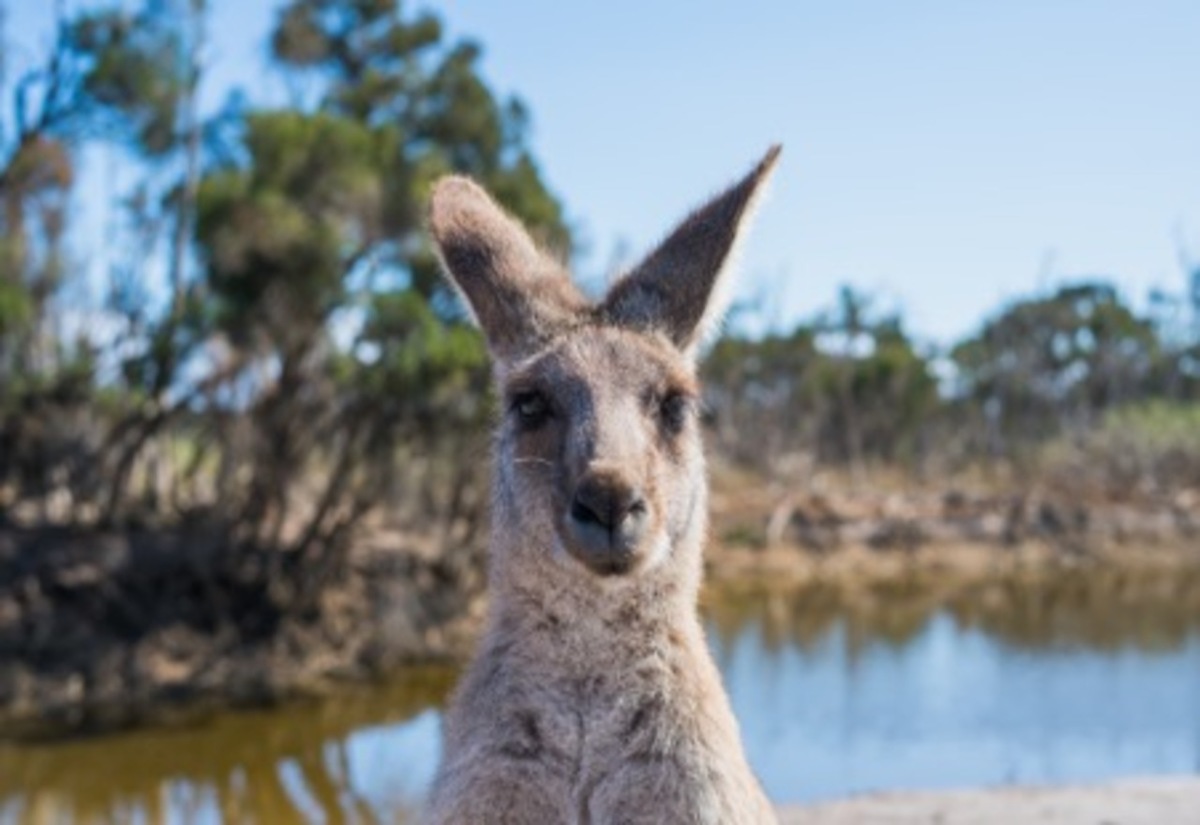Are kangaroos on the rise or on the run?
Laura Williams
08 October 2021, 8:10 PM
 Suspicion around the accuracy of kangaroo population estimates has led to a state-wide inquiry.
Suspicion around the accuracy of kangaroo population estimates has led to a state-wide inquiry.‘Not enough kangaroos’ is a phrase you’re unlikely to hear across the Western Plains, but the state-wide inquiry into kangaroo populations suggests otherwise, following concerns of misguided population estimates and loose regulations around non-commercial killing.
Drought, bushfires, land clearing and commercial and non-commercial killing of kangaroos were all issues that prompted the inquiry into the health and wellbeing on kangaroos and other macropods.
Chair of the Inquiry’s committee Cate Fæhrmann MLC says that a number of key stakeholders in the kangaroo industry are suspicious that the reported numbers of kangaroo populations aren’t reliable, with Western NSW reporting patterns being a major source of disbelief.
“We examined the data from the government that had extremely high jumps from one year to the other in population numbers. In areas like Tibooburra there were instances of a 400 per cent increase from one year to the next. They’re impossibly high numbers which makes it very suspicious,” Ms Fæhrmann said.
In the 2018 drought, landholders approached the Minister for Primary Industries requesting the relaxation of regulations around the non-commercial killing of kangaroos, removing the need for kangaroos to be tagged when they’re shot under let lie licenses (non-commercial license for landholders).
Owner of the Gulargambone Kangaroo Chillers Ben Robson says that limited regulation around let-lie licenses is ruining the reputation of a much more highly regulated commercial industry, which has several clauses to maintain humane harvesting.
He recalls working in Wilcannia with Sydney-based shooters who were using a let-lie licence. While those shooting non-commercially resorted to cruel practices to kill kangaroos, Mr Robson was forced to spend his time giving the injured kangaroos a more humane ending.
“They would just run them over, it really bothered me. I hate seeing cruelty,” Mr Robson said.
In contrast, the protocol for commercial shooting is a much different reality.
“If we hit them in the chest or if we wound them, we don’t get paid. It’s in our best interest to be humane,” Mr Robson said.
Ms Fæhrmann said the lack of enforcement or compliance in the region was referred to as the ‘Wild West’ in many submissions of evidence to the inquiry.
“We’re going to have longer and more frequent droughts, its important that kangaroos and wallabies don’t get so impacted by the shooting that we see localised extinction,” Ms Fæhrmann said.
Mr Robson admitted that while it is a part of their contract with landholders to control populations, it’s also in their interest to sustain populations to sustain the industry and their own livelihood.
“They’ll never go extinct from (commercial) roo shooters because once they get down to a size limit, it becomes unviable for us to shoot, and we’re not allowed to harvest under 15 kilos. So we move on,” Mr Robson said.
Over the course of the submission period, the committee received 404 submissions of evidence from various stakeholders, with members of the public encouraged to submit their own evidence.
“We have a big list of farming representative groups, animal work environment groups, local council and scientists…I do believe that we have heard from all sides,” said Ms Fæhrmann.
Unsurprisingly, management of kangaroo numbers remains an issue across the region, particularly in dry periods.
Ms Fæhrmann said that while she may not see her ideal outcome from the inquiry as a member of the Greens party, there is room for reflection on the behaviour and treatment of kangaroos around the state and likely Australia as a whole.
“I think if the world really knew what we were doing in 2021 to one of our most precious native species, I think they’d be horrified.”
The recommendations from the inquiry are yet to be handed down.